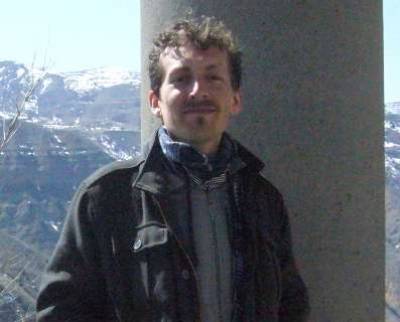
Phone: +44 (0)20 7679 8624
E-mail: r.adriaans@ucl.ac.uk
Room: 133
Teaching Fellow in Digital Anthropology
PhD, Sociology and Social Anthropology, Central European University (2018)
MSc, Social and Cultural Anthropology, University of Amsterdam (2011)
BSc, Cultural Anthropology, University of Amsterdam (2009)
Research Interests
I am interested in questions of media and mediation, (trans)nationalism, post-socialism and public culture with a regional focus on Armenia and the global Armenian diaspora. My doctoral thesis is a multi-sited ethnography of the media circuits connecting the Armenian diaspora of Los Angeles to post-Soviet transition. Analyzing the transnational circulation of images, objects and money through critical theories of recognition and redistribution, I trace how different understandings of social suffering are translated into ethnic identities and moral geographies. A second strand of my work examines the cultural dimensions of oligarchic patron-client networks in post-Soviet Armenia. In the past, this has included research on folk dance performances in protests and post-socialist debates on music and taste. At present, this interest has evolved into studying the role of social media and digital culture in Armenia’s Velvet Revolution of April 2018.
Courses Taught
- Anthropology of Social Media (UG & PG)
- Being Human (UG)
- Digital Anthropology: Core (Co-taught, PG)
- Digital Anthropology: Practical (Co-taught, PG)
Selected Publications
2019. “The Humanitarian Road to Nagorno-Karabakh: Media, Morality and Infrastructural Promise in the Armenian Diaspora.” Identities: Global Studies in Culture and Power 26 (1): 69-87.
2018. “Of Oligarchs, Orientalists and Cosmopolitans: How ‘Armenian’ is Rabiz Music?” Nationalities Papers 46 (4): 704-716.
2017. “Dances with Oligarchs: Performing the Nation in Armenian Civic Activism.” Caucasus Survey 5 (2): 142-159.
2016. “Staging Sassoun: Memory and Music Video in Post-Soviet Armenia.” Social Analysis 60 (3): 17-35.
 Close
Close

